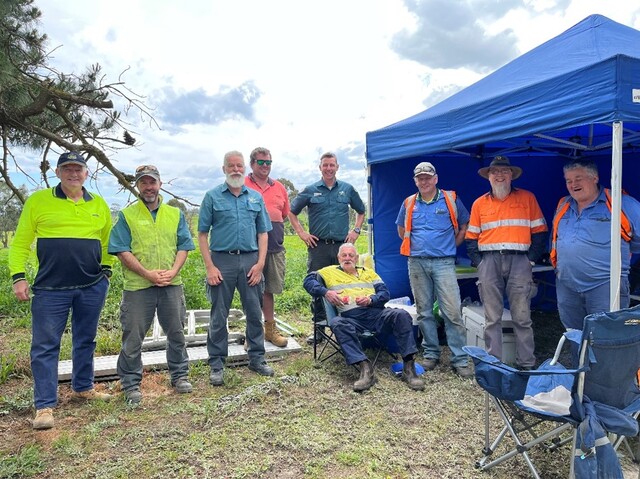Asthma Australia is urging people with asthma or hay fever to take steps now to protect themselves, as south-eastern Australia enters its high-risk thunderstorm asthma season.
Thunderstorm asthma events are well documented in south-eastern Australia and can create high-risk conditions for people with asthma and hay fever. In this region, grass pollen typically peaks in November.
During thunderstorms, rain and moisture can cause pollen grains to absorb water and rupture into tiny sub-pollen particles (SPPs), and storm-driven winds then push these small particles down to ground level, where people may inhale them.
Chris Pearce, GP and Asthma Australia Board Member, said: “For people with asthma, thunderstorm asthma can escalate quickly and be life-threatening. Now is the time to check your asthma control with your GP, use your preventer as recommended and make sure you have an up-to-date Asthma Action Plan, which formalises how to manage asthma and what to do if symptoms worsen.”
He also has some advice for those using a blue reliever inhaler.
“Most people with asthma would take their reliever out with them because symptoms can flare when they are exposed to triggers like grass pollen. We want to make sure people with asthma are up to date with best practice. The latest asthma guidelines recommend against relying on a blue reliever inhaler alone. Anti-inflammatory relievers containing both a preventer and reliever medicine are now recommended in place of the blue reliever alone.
In the devastating 2016 Melbourne Thunderstorm Asthma event, more than 3500 people sought emergency care and 10 lives were lost. Most presenting to hospital during this event didn’t have a doctor diagnosis of asthma, yet of these people, almost half reported symptoms suggestive of the condition.
“People with hay fever can also be affected during thunderstorm asthma events, even if they’ve never been diagnosed with asthma. Those who are sensitive to grass pollen, or wheeze and cough at night or get short of breath when grass pollen is high should prioritise seeing their GP to make sure they are assessed for asthma,” Dr Pearce said.
“It’s also important to keep a close eye on high-pollen and storm forecasts. You can check grass pollen levels using the AirRater App which provides real-time forecasts and warnings, to help you plan your day.”
Who is at risk?
People with asthma, particularly if it is poorly controlled; people with asthma symptoms, even if undiagnosed (e.g. wheeze, shortness of breath, night coughing); and people with hay fever (especially triggered by ryegrass pollen);
How Victorians can prepare
Asthma Australia recommends the following steps:
Check your asthma control – Book a review with your GP, ensure your preventer is used at least daily as prescribed, and have an up-to-date Asthma Action Plan.
Keep your reliever close by
Manage hay fever – Take recommended treatments to reduce sensitivity to pollen, including nasal steroids.
Stay informed daily by checking the National Pollen Forecast Service: PollenForecast.com.au and AirRater app: airrater.org
Be prepared during storms – On high pollen and storm days, stay indoors where possible, close windows and doors, and keep your reliever inhaler handy.







